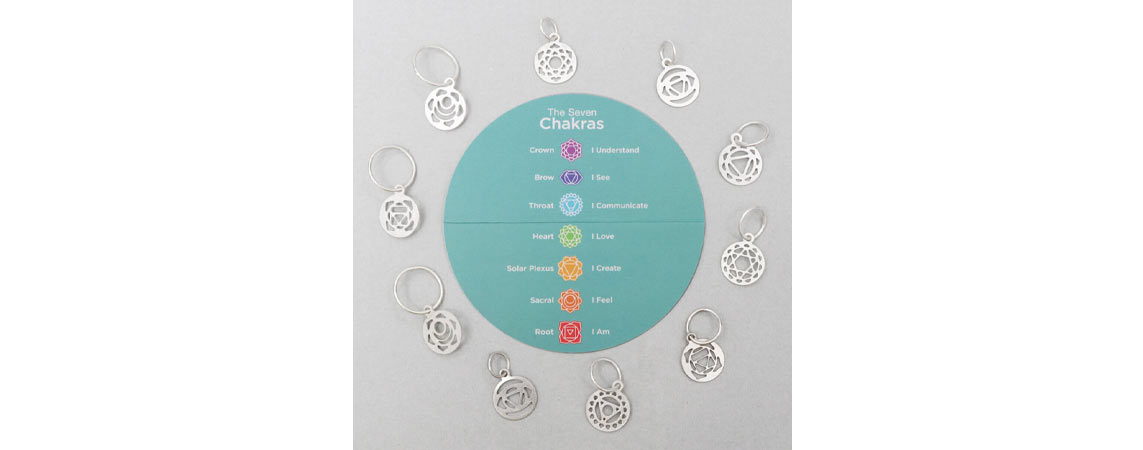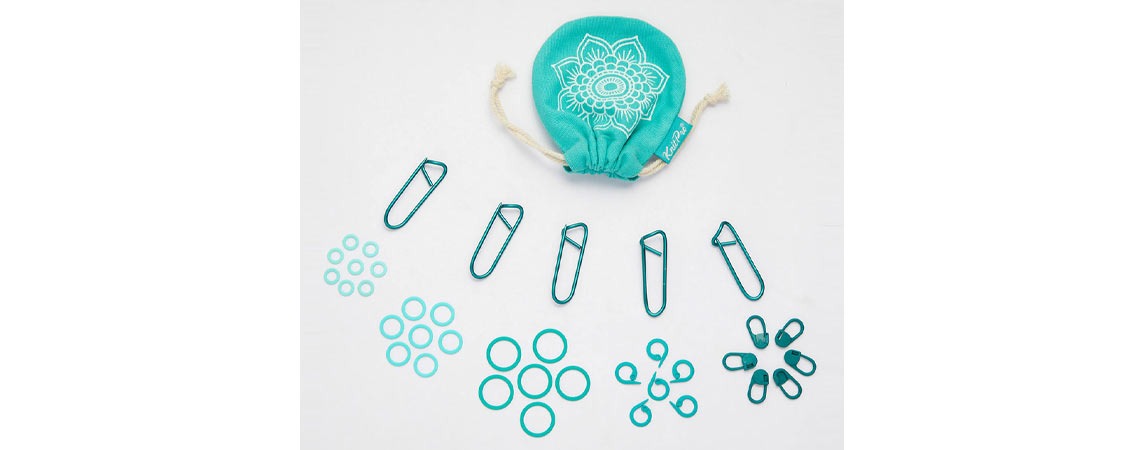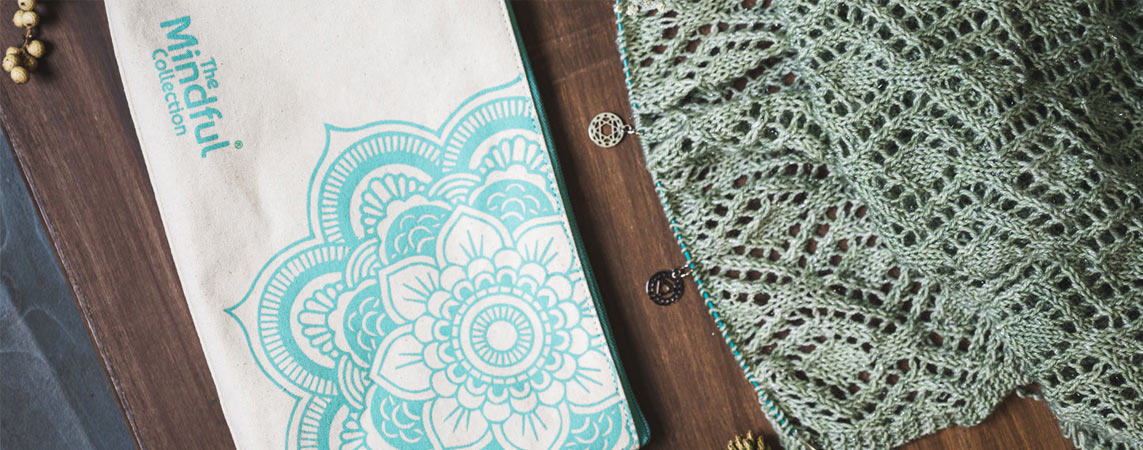Ask any knitter if they can do without stitch markers, and the answer will be a no. In fact, there will be many knitters who say that stitch markers are essential after of course, the yarn and knitting needles. Of all the knitting accessories in the craft collection, the stitch markers are the smallest but the most used. They simplify pattern instructions by marking the significant changes in the pattern. If you are a fan of the stitch markets, this blog post will be a guide to how the accessories have been simplifying your knitting. If you haven’t yet discovered the joys, we’ll take you through how to help you use the stitch marker in your knitting practice.
What is a stitch marker?
As the name suggests they are markers for stitches. Whether you knit or crochet, the stitch markers are very helpful accessories. They come in different shapes and designs. The most popular types are the circular kind that can be put on the knitting needles, the split circle, and the locking kind that looks like little safety pins.
Stitch markers are used for your reference. They mark the point at which something changes or something special happens in the knitting pattern. For instance, the stitch marker will tell you where the decrease stitches on a hat are or the increase on a raglan sweater, or where to switch from a stocking stitch pattern (stockinette) to a different stitch pattern. Be it a simple pattern knitting with single-pointed needles or making socks or a sweater, stitch markers will always be of assistance.

Abbreviations relating to stitch markers: PM, SM, and BOR
PM – Place Marker. When you come across this knitting instruction, it means you should place a circular stitch marker on the needle at the point specified. This is between stitches but make sure to not fix it in the knitted fabric. If a removable marker is needed the instruction will be specific about this. Removable stitch markers are used when you need to leave the stitch marker on the knitted fabric.
SM – Slip Marker. This knitting instruction means simply slipping the marker from one knitting needle tip to the other and then proceeding with the work. This is because you have reached the point of repeat. Many times knitting patterns do not include SM. When there is nothing said about a marker, the default action is to slip the marker and continue knitting. This leaves the marker in place as a landmark for future actions.
BOR – Beginning of Round or Beginning of Round Marker. When you’re knitting in the round on circular needles, you will have instructions to place a stitch marker to mark the beginning of the round. You will place the marker between the last stitch of a round and the first stitch of the next round. Every round when you get there simply will slip into the other knitting needle leaving it in place. The instructions to mark the beginning and end of the round when knitting with double-pointed needles is different. You do not need the marker as the tail end of the yarn will always indicate the place but if you need stitch markers place them between the second and last stitch of the round as if you place them near the needle tip; chances are they would slip off.
CB – Centre Back or Centre Back Marker. This abbreviation or instruction is usually used in sweater knitting patterns. The stitch marker is used to indicate short rows, yoke patterns and more. If nothing else is instructed slip the marker to the other needle tip.
Once the instructions for knitting abbreviations for stitch markers are clear, let’s take you through where you’ll need to use them.
1. Marking Your Work
Stitch markers indicate where to start and stop stitch patterns, where to increase or decrease stitches and other significant instructions in the knitting patterns. You don’t have to count a specific number of stitches each time as they are placed either on the knitted fabric or your needles.
2. Indicating Stitch Patterns
Knitting patterns instruct stitches from one row to another. Say that you need to work on a significant portion of garter stitches (rows of all knit stitches) and then a portion of stocking (alternate rows of knit and purl stitches), stitch markers indicate where to stop one type of stitch and where to start another. You simply need to follow the instructions knit to marker, purl to marker, knit to marker, purl to marker…etc.

3. Marking different parts of a garment
Stitch markers indicate different parts of a garment, say for example different parts of the sweater - sleeves, front, and back or a poncho with knitted sleeves. The underarms of sweaters require abundant use of stitch markers to mark stitches and also lock the stitches in place.
4. Indicating special stitches
Knitting has only two stitches - knit and purl and the combination of these results in textured stitch patterns. Cable stitch patterns are also made of knit and purl but the difference lies in the twisted stitches and placement. The pattern is spread over rows and round for the textured effect. Stitch markers mark the repeats and more.
5. Assistance with Smooth Lace and Colourwork Knitting Patterns
Lace knitting is beautiful and tricky. You need all the help you can get. Stitch markers assist with intricate knitting instructions. It will let you calculate the stitches, mark repeats, and indicate decreases and increases. Charts are much more helpful for knitting lace.
The same goes for colourwork. The beautiful knitting requires extra help as you work with multiple yarns. You don’t have to take extra effort in counting the stitches, the markers will indicate.
While these are just a few examples of using stitch markers, there are many more! They help you keep your knitting on track! You’ll never miss to forget to switch from knits to purls again or an increase or and you won’t even have to count!
Stitch markers are small but very mighty. With so much assistance in a knitting pattern, they are very helpful. Each knitter has their own preference when it comes to the design of the stitch markers. The Mindful Collection offers stitch markers in soothing shades of teal and also chakra stitch markers that have been finely crafted from sterling silver plating. The teal markers are available in different sizes and designs. The seven chakra symbols reinforce the mindful enchantment of knitting.
Enjoy the journey of knitting with a range of smooth stainless steel knitting needles and accessories. For more information do follow our blog.












